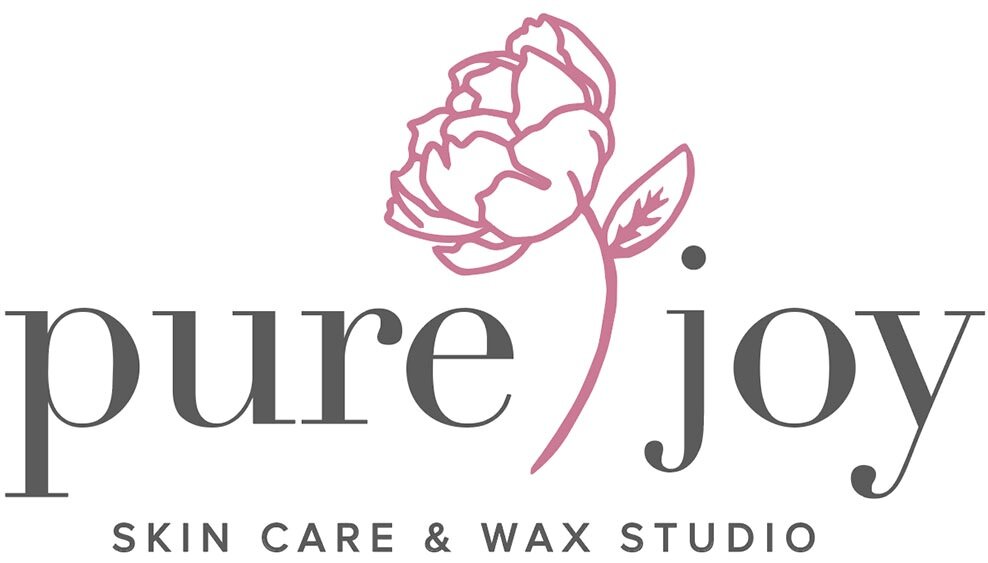💄 The History of Makeup 👄
The history of makeup is a fascinating journey that spans thousands of years and has evolved in various ways across different cultures. Makeup has been used for a wide range of purposes, from religious and ritualistic practices to self-expression, beautification, and even medicinal uses. Here's an overview of the history of makeup:
1. Ancient Civilizations:
- Egypt: Makeup has one of its earliest origins in ancient Egypt, dating back to around 4000 BCE. Egyptians used makeup for both practical and symbolic purposes. Kohl, made from galena, malachite, and charcoal, was applied to the eyes for protection against the sun and evil spirits. They also used makeup to enhance their beauty.
- Mesopotamia: The people of ancient Mesopotamia (modern-day Iraq) used makeup, including kohl, to enhance their appearance. They also created perfumes and cosmetics from natural ingredients.
2. Ancient Greece and Rome:
- Both ancient Greeks and Romans embraced makeup, with a focus on pale skin and a more natural look. They used white lead and chalk for face powder, as well as various pigments and plant-based products for cosmetics.
3. The Middle Ages:
- In the Middle Ages, makeup use diminished in Europe due to the association of cosmetics with sin and immorality. Pale skin was still considered fashionable, and some women resorted to dangerous methods, such as lead-based cosmetics, to achieve this look.
4. The Renaissance:
- The Renaissance era saw a resurgence of interest in cosmetics, particularly among the European elite. Queen Elizabeth I of England popularized the use of white lead-based cosmetics, which unfortunately had harmful effects on the skin.
5. The 18th and 19th Centuries:
- The 18th century in Europe saw elaborate hairstyles and makeup, including the use of white lead for face powder. In the 19th century, there was a shift towards a more natural appearance, and lead-based products began to fall out of favor as their health risks became more widely known.
6. The 20th Century:
- The 20th century witnessed significant advancements in makeup production and marketing. Icons like Marilyn Monroe and Audrey Hepburn helped popularize certain makeup trends. Max Factor, a renowned makeup artist, introduced foundation makeup, and innovations like the lipstick tube and mascara wand were introduced.
7. The Modern Era:
- The 1960s saw a dramatic shift in makeup trends with the rise of the "mod" look, characterized by bold eyeshadows and heavy eyeliner. The 1980s were known for vibrant and bold makeup styles, including neon colors and heavy contouring.
- In recent years, makeup has become a form of self-expression, with a wide variety of products available for different looks and purposes. The beauty industry has expanded to include makeup lines for all skin tones and gender identities.
8. Technology and Social Media:
- The advent of the internet and social media platforms has transformed the makeup industry. Makeup tutorials and influencers on platforms like YouTube and Instagram have greatly influenced trends and product sales.
9. Natural and Organic Makeup:
- In response to concerns about the safety of cosmetic ingredients, there has been a growing interest in natural and organic makeup products, which are perceived as healthier and more environmentally friendly.
The history of makeup is a reflection of changing beauty standards, societal norms, and technological advancements. From ancient rituals to modern self-expression, makeup continues to play a significant role in the lives of people around the world.

